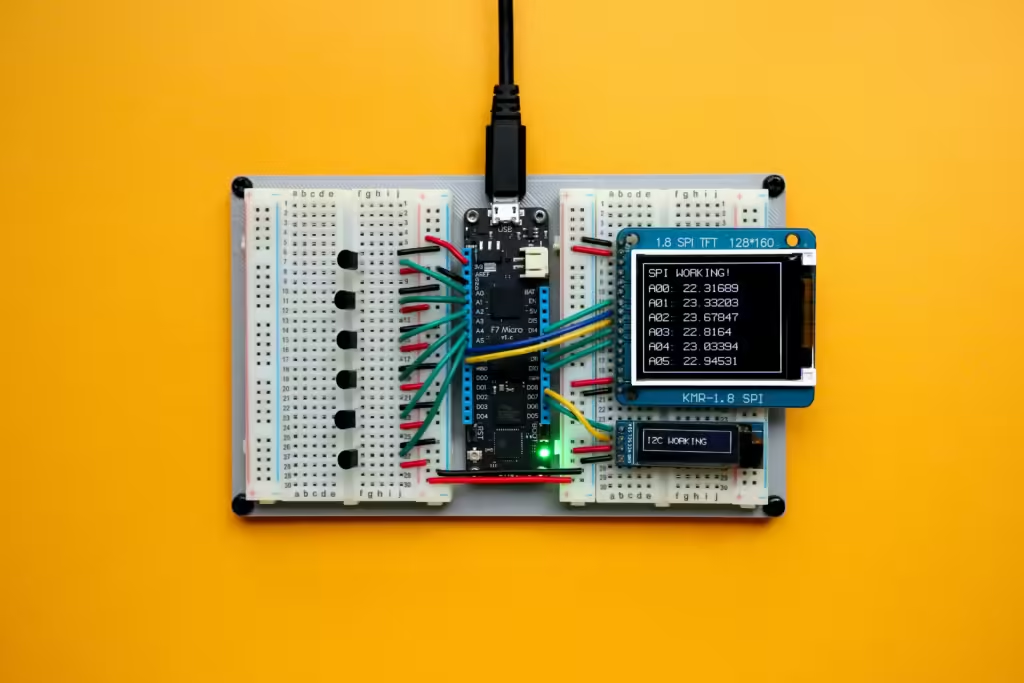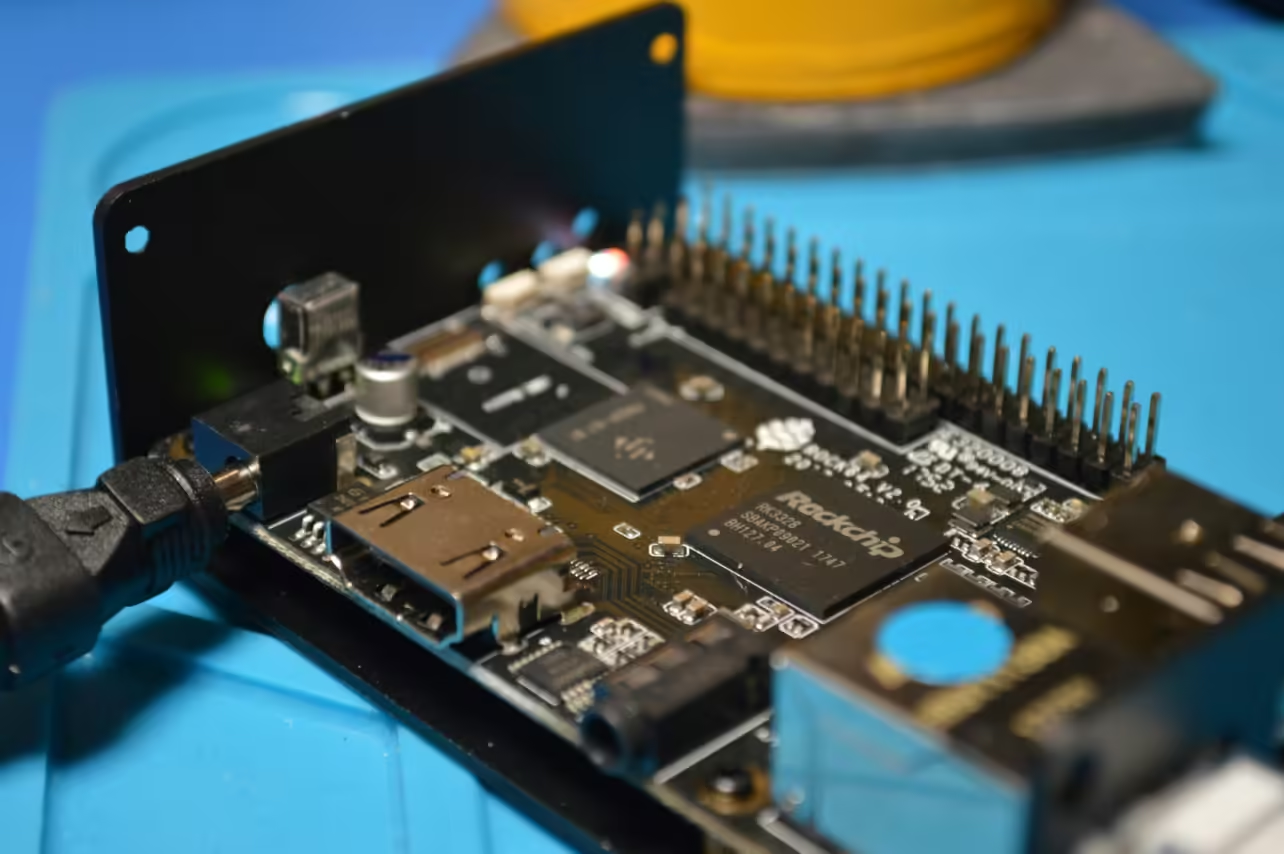- Understanding Embedded Systems
- Embedded Systems in Consumer Electronics
- Embedded Systems in the Automotive Industry
- Medical Devices and Embedded Systems
- Industrial Automation and Control
- The Role of Embedded Systems in Aerospace
- Embedded Systems and the Internet of Things (IoT)
- The Importance of Embedded Systems Conferences
- Future Trends in Embedded Systems
- Conclusion
- FAQs
Embedded systems are at the heart of modern technology. They are integral to a multitude of devices and applications across various industries.
From consumer electronics to industrial automation, embedded systems play a pivotal role. They are the unseen force driving the functionality of countless devices we use daily.
In the automotive industry, they control systems and ensure safety. In the medical field, they power life-saving devices. They even navigate and control aerospace systems.
The intersection of embedded systems with the Internet of Things (IoT) has opened new avenues for connectivity and data analysis. This has further broadened their application scope.
This article explores the diverse applications of embedded systems in industry. It also highlights the significance of embedded systems conferences and the future trends in this field.
Understanding Embedded Systems
Embedded systems are specialized computer systems designed to perform dedicated functions. Unlike general-purpose computers, they are not meant for multiple tasks.
They are embedded as part of a complete device, often including hardware and mechanical parts. This integration allows them to perform their dedicated functions efficiently.
Characteristics of Embedded Systems
Embedded systems are characterized by their specific functionality. They are designed to perform a single task or a set of related tasks.
These systems are typically optimized for performance and power consumption. This is crucial as many embedded systems operate in real-time environments.
Despite their specific functionality, embedded systems can be complex. They often need to meet stringent requirements for reliability, responsiveness, and robustness.
Embedded Systems in Our Daily Lives
Embedded systems are essential in our daily lives. They are in the devices we use every day, often without us realizing it.
Your smartphone, for instance, is an embedded system. It has a dedicated processor running the operating system and applications.
Home appliances like microwaves, washing machines, and televisions also contain embedded systems. These systems control the functions of these devices, making our lives easier and more convenient.
Embedded Systems in Consumer Electronics
Consumer electronics are a major application area for embedded systems. These systems are integral to the operation of many devices we use daily.
For instance, embedded systems in televisions control the display, sound, and user interface. In gaming consoles, they handle graphics rendering, sound processing, and user input.
Smart home devices like thermostats, security cameras, and smart speakers also rely on embedded systems. These systems enable connectivity, control, and automation features that make these devices “smart”.
- Televisions
- Gaming consoles
- Smart home devices

Embedded Systems in the Automotive Industry
Embedded systems have revolutionized the automotive industry. They are responsible for many of the advanced features we see in modern vehicles.
These systems control everything from engine management and braking systems to infotainment and driver assistance features. They help improve vehicle performance, safety, and comfort.
In electric and hybrid vehicles, embedded systems manage battery charging and energy distribution, contributing to energy efficiency.
- Engine management
- Infotainment
- Driver assistance features

Medical Devices and Embedded Systems
Embedded systems play a crucial role in the healthcare industry. They are found in a wide range of medical devices, enhancing their functionality and reliability.
These systems are used in devices like pacemakers, insulin pumps, and diagnostic equipment. They help monitor patient health, administer treatments, and provide critical data to healthcare professionals.
In imaging devices like MRI and CT scanners, embedded systems process complex data to produce detailed images for diagnosis.
- Pacemakers
- Insulin pumps
- Diagnostic equipment

Industrial Automation and Control
Embedded systems are integral to industrial automation and control. They help streamline manufacturing processes, improving efficiency and productivity.
These systems are used in machinery for tasks like monitoring, control, and data analysis. They ensure precision, reduce human error, and enhance safety in industrial environments.
In the realm of industrial IoT, embedded systems enable real-time monitoring and predictive maintenance, optimizing operations and reducing downtime.
- Machinery control
- Real-time monitoring
- Predictive maintenance

The Role of Embedded Systems in Aerospace
Embedded systems play a crucial role in the aerospace industry. They are used in navigation, control, and communication systems, ensuring safety and efficiency in air travel.
These systems are found in aircraft for flight control, engine control, and in-flight entertainment. They also play a vital role in satellite technology, enabling communication and data transmission.
In the field of space exploration, embedded systems are used in spacecraft for navigation, data collection, and communication with ground control.
- Flight control
- Engine control
- Satellite technology

Related: Why is a Microcontroller Not a Computer?
Embedded Systems and the Internet of Things (IoT)
Embedded systems are integral to the Internet of Things (IoT). They provide the computing power for IoT devices, enabling them to collect, process, and transmit data.
These systems are found in a wide range of IoT devices, from smart home appliances to industrial sensors. They enable these devices to interact with each other and the cloud, creating a network of connected devices.
In the realm of IoT, embedded systems are used for:
- Data collection and processing
- Device-to-device communication
- Connectivity with the cloud

IoT Integration with Embedded Systems
The integration of IoT with embedded systems has led to the development of smarter, more efficient devices. These devices can collect and analyze data in real time, enabling more informed decision-making.
Moreover, this integration has opened up new possibilities for automation and remote control, enhancing the functionality and convenience of IoT devices.
The Importance of Embedded Systems Conferences
Embedded systems conferences are crucial platforms for professionals in the field. They provide opportunities for networking, knowledge sharing, and learning about the latest trends and innovations.
These conferences also showcase new products and technologies, making them a valuable resource for anyone involved in the development or application of embedded systems.
Future Trends in Embedded Systems
The future of embedded systems is promising, with trends pointing towards miniaturization and increased computational power. This will allow for more complex applications, while maintaining the efficiency and reliability that embedded systems are known for.
Furthermore, advancements in artificial intelligence and machine learning are expected to enhance the capabilities of embedded systems, opening up new possibilities for their application in various industries.
Conclusion
Embedded systems have become an integral part of our daily lives and various industries. Their applications range from consumer electronics to industrial automation, medical devices, and aerospace.
As technology continues to evolve, the role of embedded systems is expected to grow, driving innovation and efficiency in numerous sectors.
FAQs
What roles do embedded systems play in industrial automation?
Embedded systems streamline manufacturing processes, enhance precision, and improve safety by controlling machinery and enabling real-time monitoring and predictive maintenance.
How are embedded systems used in the automotive industry?
They manage engine control, infotainment systems, driver assistance features, and energy distribution in electric and hybrid vehicles, improving performance and safety.
What is the significance of embedded systems in medical devices?
Embedded systems enhance functionality and reliability in medical devices like pacemakers, insulin pumps, and diagnostic equipment, ensuring better patient care and monitoring.
What is the impact of IoT on embedded systems?
IoT integration enables real-time data collection, processing, and connectivity, enhancing the functionality and efficiency of devices across various industries.


No comments yet